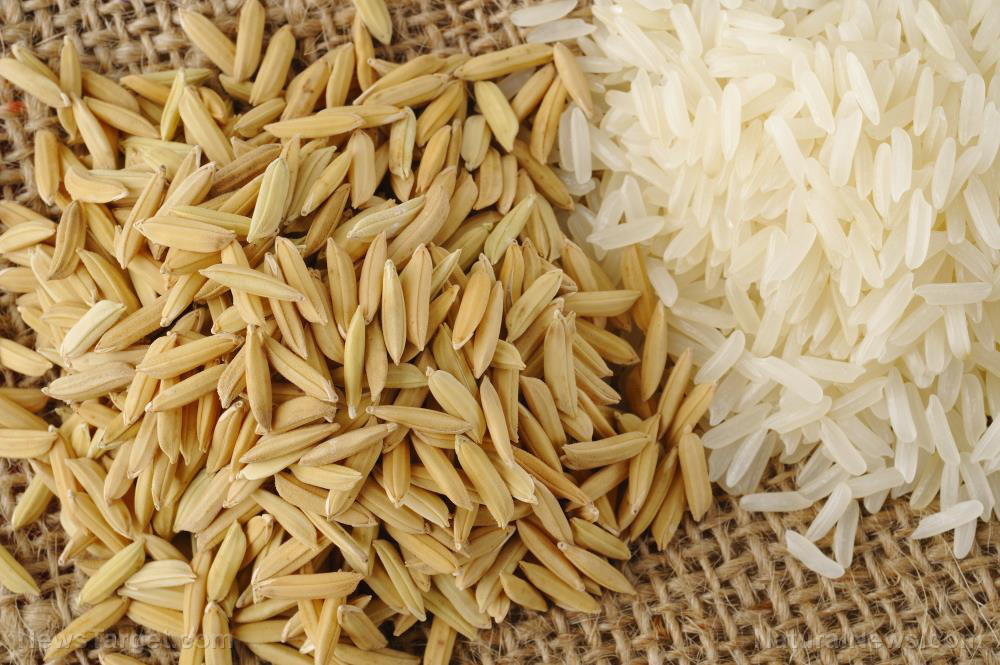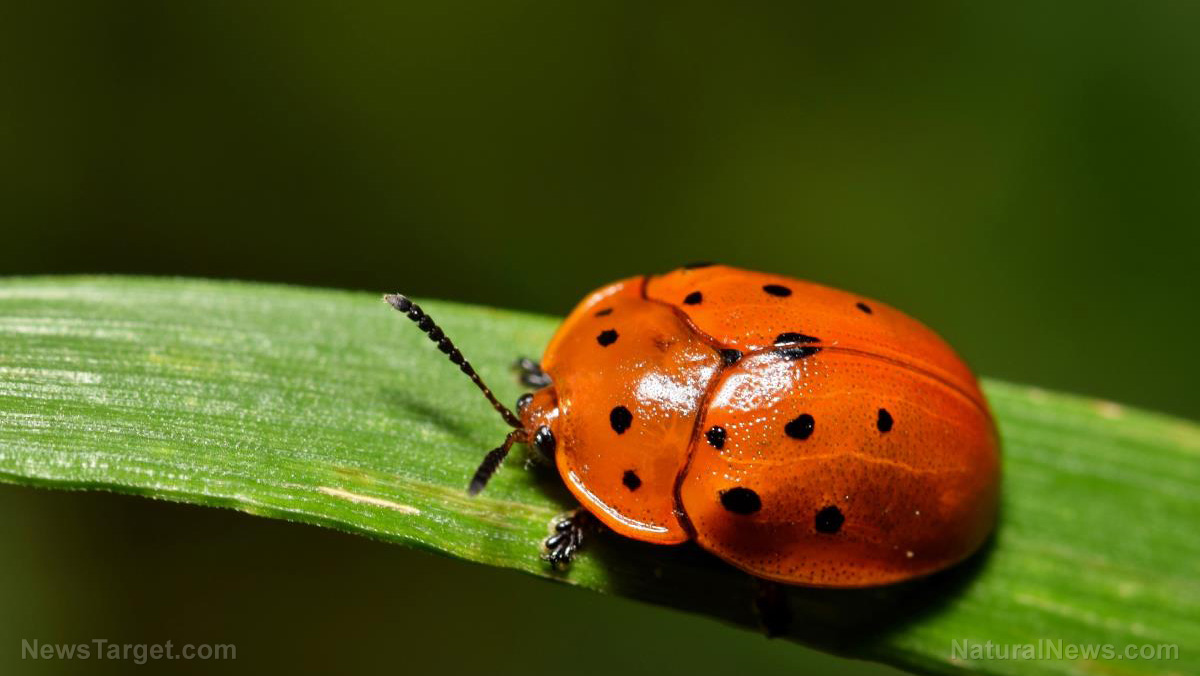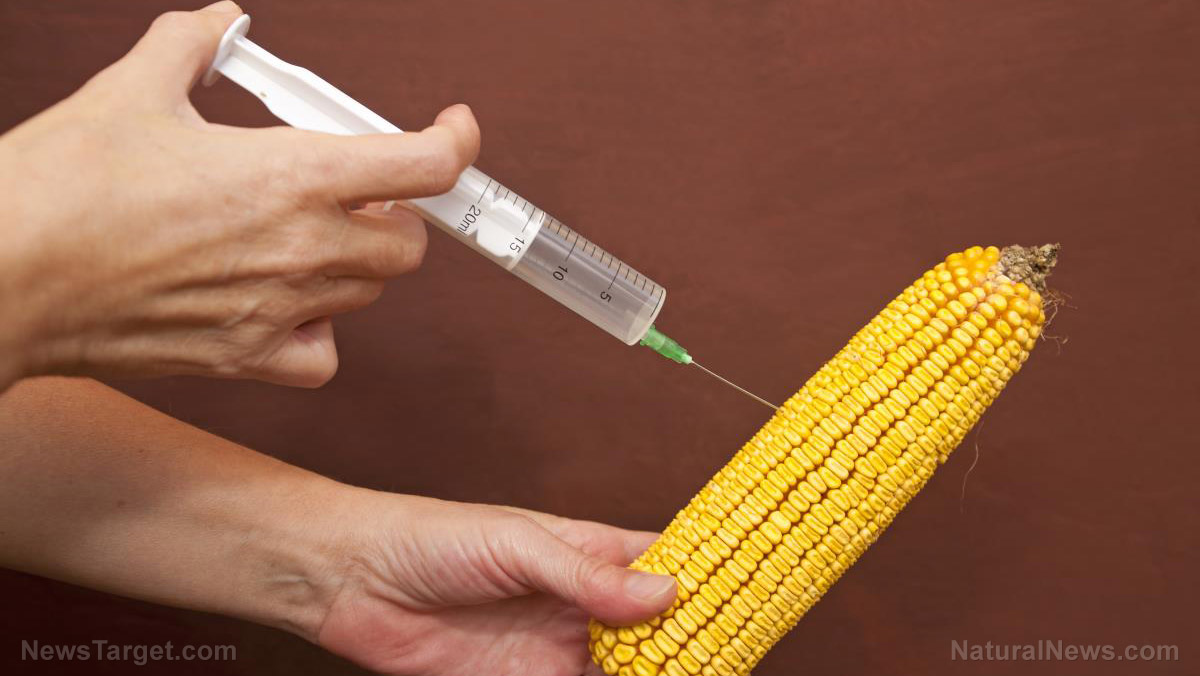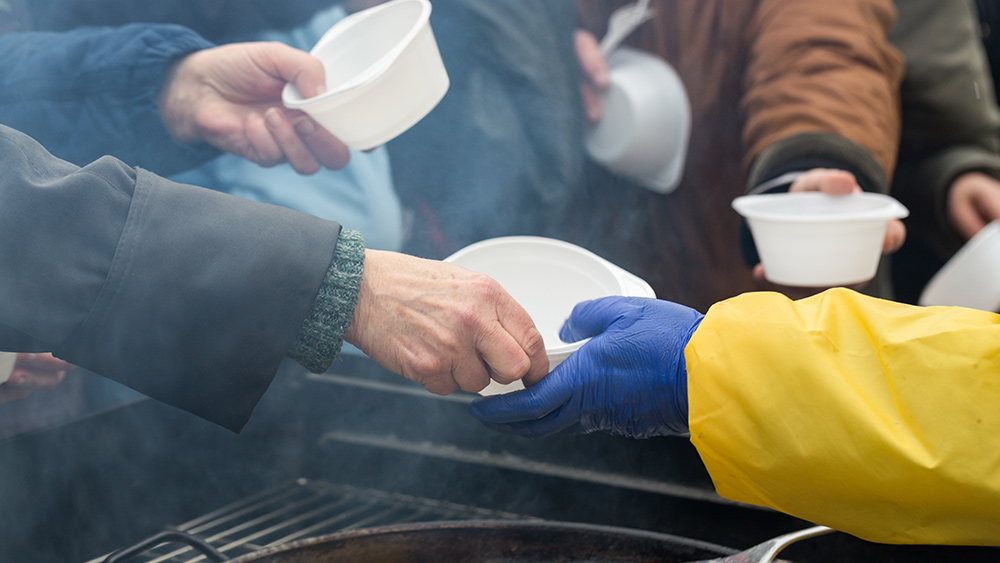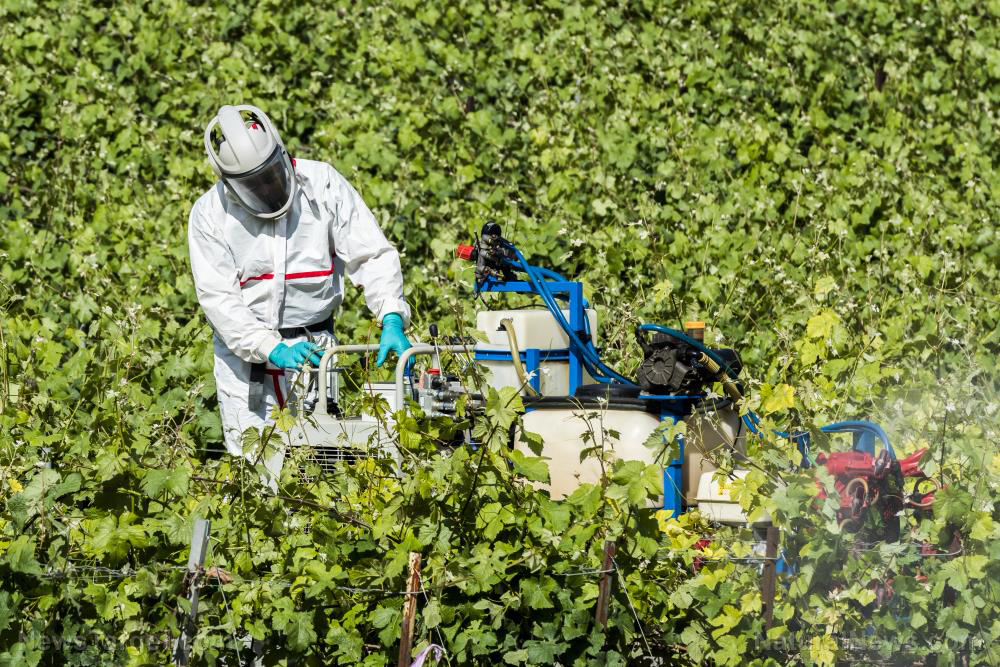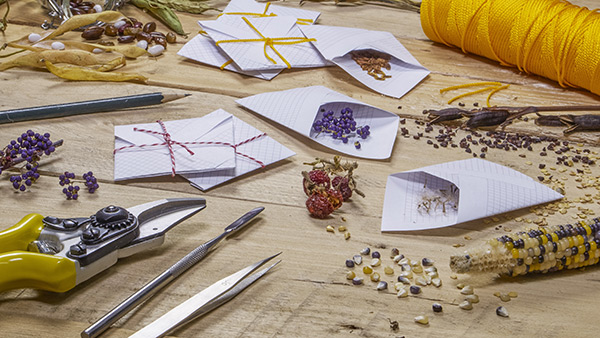Shake up your indoor gardening by planting these 8 fruits in buckets
08/26/2020 / By Divina Ramirez

Putting that green thumb to good use is easier said than done if there is no outdoor space for a garden in the first place–or so people think.
Little to no access to an outdoor area shouldn’t rule out the idea of starting a garden. Megan Falk, a gardening enthusiast and an editorial assistant at Shape magazine, explains that the simple solution to this dilemma of space is to bring the garden indoors.
Gardening has profound benefits in itself, including an increase in life satisfaction and a dramatic boost to one’s mental health, said Falk. Fresh and organic foods on-hand also promote good food choices and healthier eating habits for optimal health in the long run.
Best crops for indoor gardening
But not all plants and crops do great if taken inside the home, so it’s important to choose the best ones for indoor gardening. These superfoods are a good place to start.
Carrots
Carrots are one of the most accommodating plants for beginner gardeners and one of the healthiest root crops. Rich in beta-carotene, the plant pigment responsible for the carrot’s bright orange skin, carrots can enhance immune health, maintain clear skin and protect against age-related macular degeneration.
The smaller, thinner carrots are easiest to grow indoors as those require less space and time. Placing them near windows that get a lot of sunlight is also ideal. To grow carrots, cover the seeds with damp soil and keep it moist until the seeds germinate.
Kale
Once a garnish and now a superfood, kale is a nutritious and delicious salad green to grow indoors. It can be grown no matter the season, and it will continue to grow and produce new leaves after each harvest.
Plant the seeds in a large enough bucket and cover them with soil. Water to keep it moist and prune the plants on a regular basis to keep them from outgrowing their containers.
Microgreens
Microgreens are the small, fresh sprouts of different herbs and salad greens, including beets, radishes, kale, chard and basil. These sprouts, therefore, tend to contain a good mix of the essential nutrients found in those crops.
In addition, microgreens don’t take up much space, time or soil. To grow microgreens, fill a shallow container with moist soil, then scatter the seeds. Cover them with dirt, and water to keep the soil moist. The seeds should germinate within a week. Use scissors to snip them off as close to the soil as possible to grow a second round.
Radish
Radishes are a fast-growing crop known to do quite well indoors. Packed with essential micronutrients,
including calcium, potassium and folate, these root crops make for an indispensable addition to a balanced diet.
Radish is also resilient and is able to tolerate shade and neglect. However, it will need a deep enough bucket to house the growing bulbs under the soil. Containers with at least 12 inches of space for the roots should do fine. For the best radishes, use soil rich in organic matter and keep it moist.
Beets
Beets are associated with numerous health benefits, including better blood circulation, lower cholesterol and enhanced athletic performance. (Related: “Beet” it! A compound found in this superfood may help slow Alzheimer’s.)
Prized for their tolerance to almost all kinds of climate and soil conditions, beets are suited for indoor gardening. Plant them in deep buckets filled with fertile potting soil, and leave them in an area that gets direct sunlight. Beet greens can be harvested for salads as the root develops.
Green beans
Green beans are also accommodating for indoor gardeners. Some of the most important components to consider in the successful care for potted bean plants include the soil type, drainage, pot depth and ambient conditions.
Green beans require little maintenance as long as gardeners place them in a sunlit area and keep their soil moist.
Lemon
Dwarf lemon trees make beautiful houseplants and are simple enough to grow from seeds. Just fill a deep bucket with damp potting soil and plant the seeds. Lemon trees can tolerate drought but not frost, so keep the soil moist and place the plant in an area of the house that gets full sunlight.
Tomatoes
Tomatoes are tropical perennials that die off at the end of the season, but the plant should return to full health after a couple of months. Tomatoes take a short time to germinate in containers, but the plants require much sunlight. Use stakes to keep the plant from drooping once it starts to produce tomatoes.
Indoor gardening can be a simple and doable introduction to gardening for the long-term. Plus, besides free and unlimited access to fresh produce, indoor gardens can also boost gardeners’ mental health.
Read more articles about the best plants for indoor gardening at HomeGardeningNews.com.
Sources include:
Tagged Under: clean food, container gardening, food independence, food safety, food supply, gardening, green living, home gardening, homesteading, indoor gardening, organics, sustainable living
RECENT NEWS & ARTICLES
COPYRIGHT © 2017 FOOD COLLAPSE

